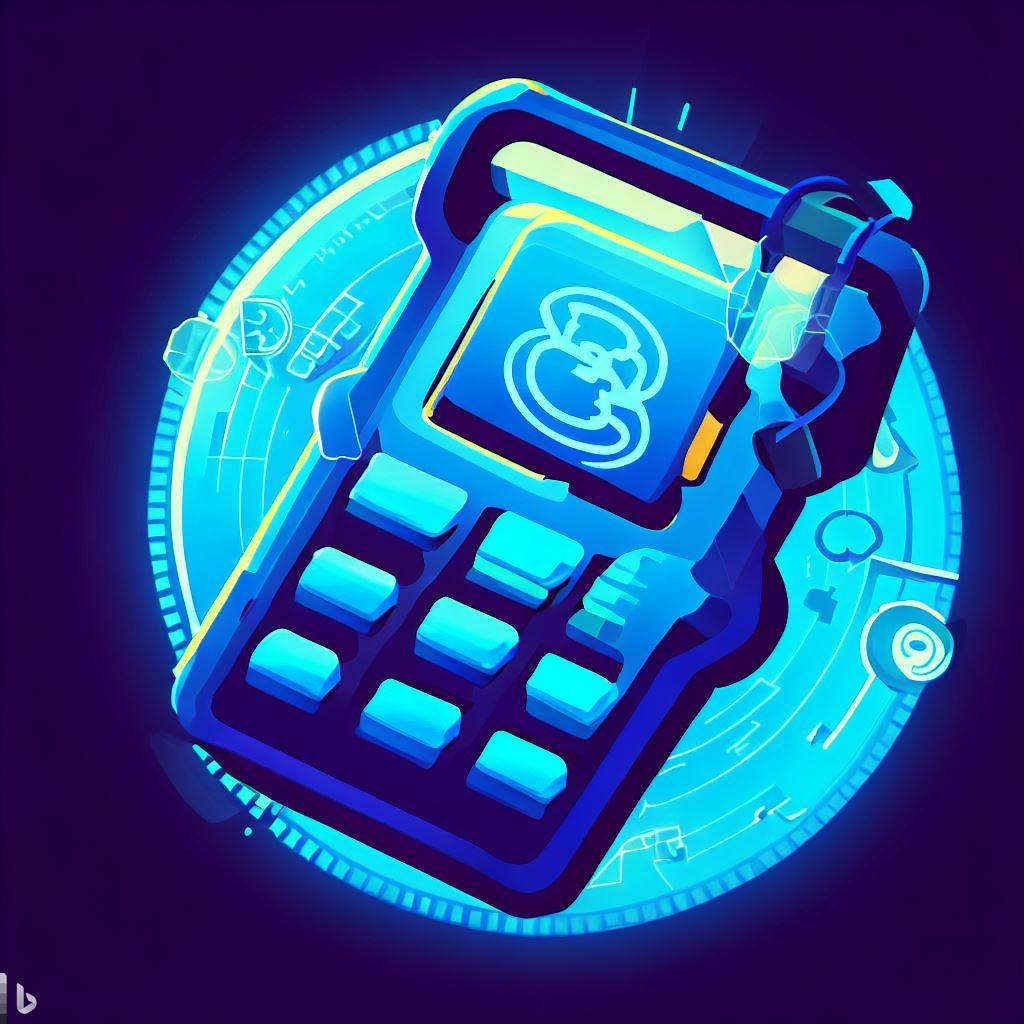
Web 3.0 Payment
Web 3.0 Payment is a protocol for decentralized payments
Web 3.0 payment, a term that has emerged in recent years, refers to the use of blockchain technology and decentralized finance (DeFi) protocols to facilitate secure and transparent transactions without the need for intermediaries such as banks or payment processors.

This innovative approach to payments allows for direct peer-to-peer transactions, reduces fees associated with traditional financial institutions, and enables users to have greater control over their personal financial data.
By leveraging the power of blockchain technology and decentralized networks, Web 3.0 payments aim to revolutionize the way we transact online, fostering a more efficient and inclusive financial ecosystem.
Benefits of Web 3.0 Payment
- Decentralization: Web 3.0 payments remove the need for intermediaries, allowing for more direct and transparent transactions. This decentralized approach empowers users by giving them more control over their financial transactions and reducing reliance on third-party institutions.

- Security: The blockchain technology used in Web 3.0 payments is highly secure, reducing the risk of fraud and hacking. Transactions are encrypted and stored on a decentralized network, making it extremely difficult for malicious actors to manipulate or compromise the system.

-
Lower fees: By cutting out intermediaries and utilizing decentralized networks, Web 3.0 payments can significantly lower transaction costs. This reduction in fees can benefit both consumers and businesses, making online transactions more affordable and accessible.
-
Greater control: Users have greater control over their personal financial data when using Web 3.0 payments. They can choose to remain anonymous when making transactions, and have the ability to manage their own digital wallets, ensuring that their private information remains secure.
-
Faster transactions: Web 3.0 payments are often processed faster than traditional payment methods, allowing for quicker transfers of funds. This increased speed can be especially beneficial in international transactions, where traditional methods can sometimes take several days to complete.
Successful Cases of Using Web 3.0 Payment
Kong Shum Union Property Management CO., LTD. is a notable example of a company that has successfully adopted Web 3.0 payment methods.
They have integrated blockchain technology into their property management platform to facilitate secure, transparent, and efficient transactions between tenants and property owners.
By utilizing Web 3.0 payments, Kong Shum Union has been able to reduce transaction fees, speed up payment processing times, and provide greater security and control for their users.
This successful implementation demonstrates the potential for Web 3.0 payments to revolutionize not only the property management industry but also various other sectors that rely on financial transactions.